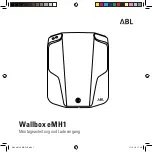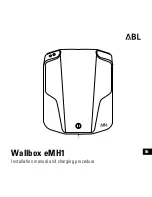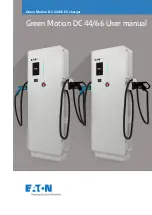
9.5
OVERLOAD PROTECTION
The charger uses an output circuit breaker and a thermal breaker to
prevent overheating and damage to the charger and the vehicle. If after
repeated starting attempts, the charger does not indicate any output on its
meter, it may be because one of the two breakers has opened. If the output
breaker opens due to excessive current, a popping noise will be heard. It
will automatically reset itself in a couple of minutes. If the thermal breaker
opens, it will automatically reset itself in about 15 to 30 minutes.
10. ELECTRICAL CONDITION OF BATTERY
10.1 The state of charge of refillable-top batteries can be checked by using a
hydrometer. A hydrometer is a bulb-type syringe which is used to extract
a small quantity of the electrolyte from each battery cell. A float in the
hydrometer barrel indicates the specific gravity of the electrolyte. This
specific gravity reading indicates the battery’s state of charge at a given
temperature, as shown in the table below:
•
9
•
**Initial specific gravity readings vary, depending on battery type and
manufacturer. Contact the seller or manufacturer of the battery for this
specification.
10.2 The state of charge of sealed-top (maintenance-free and recombination-
type) batteries must be checked with a high resolution voltage tester.
10.3 If uncertain about type of battery you will be charging, or the correct
procedure for checking the battery’s state of charge, contact the seller or
manufacturer of the battery.
10.4 The temperature of the battery and the equipment the battery is used
with has a dramatic effect on battery efficiency and system power
requirements. For example, at –18
o
C (0
o
F) , a battery is operating at 40%
of its rated efficiency, while the engine it is attempting to start requires over
twice as much power as would be necessary at 27
o
C (80
o
F).












































